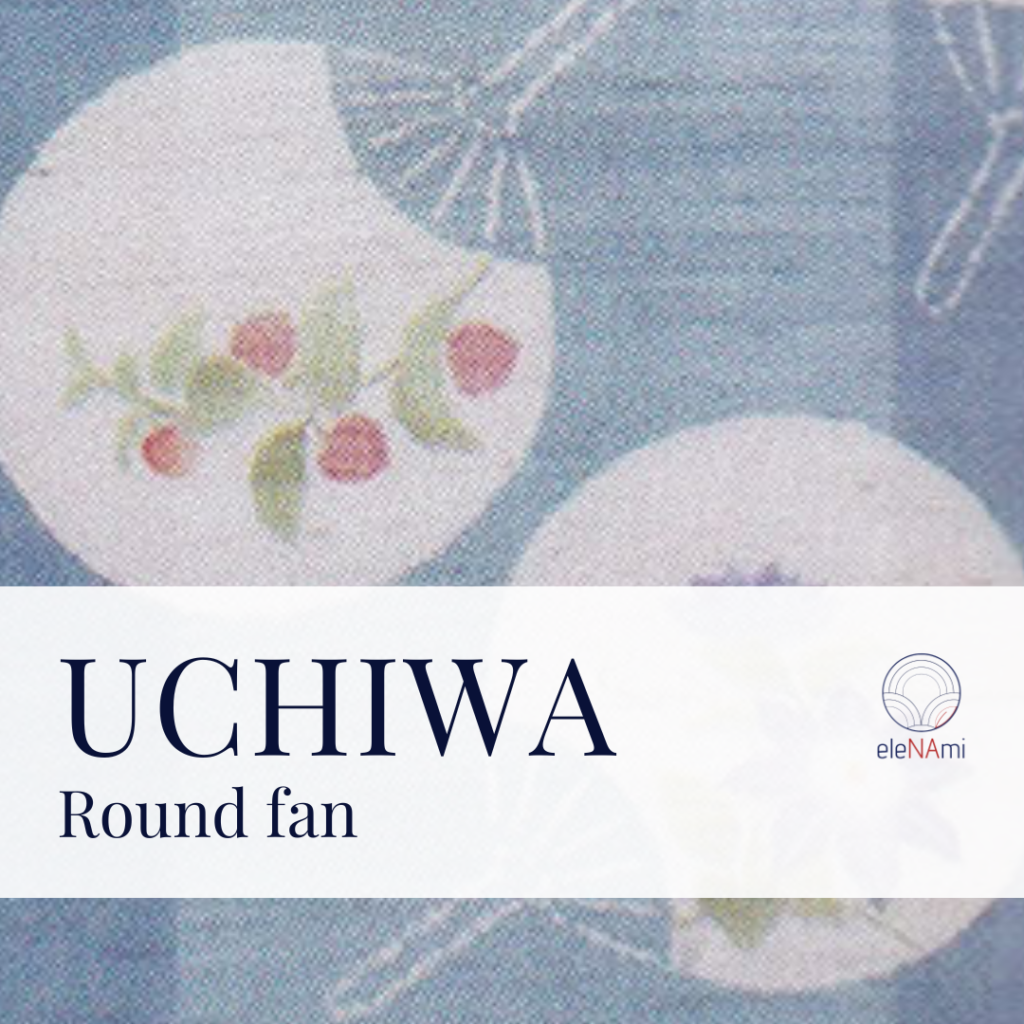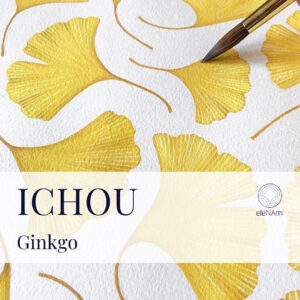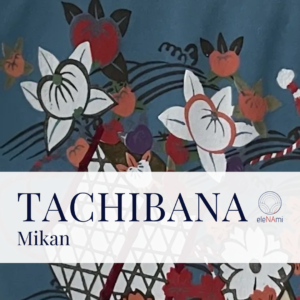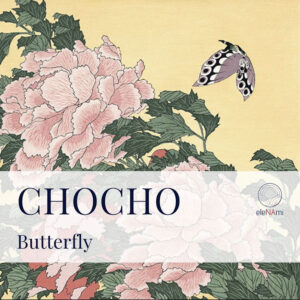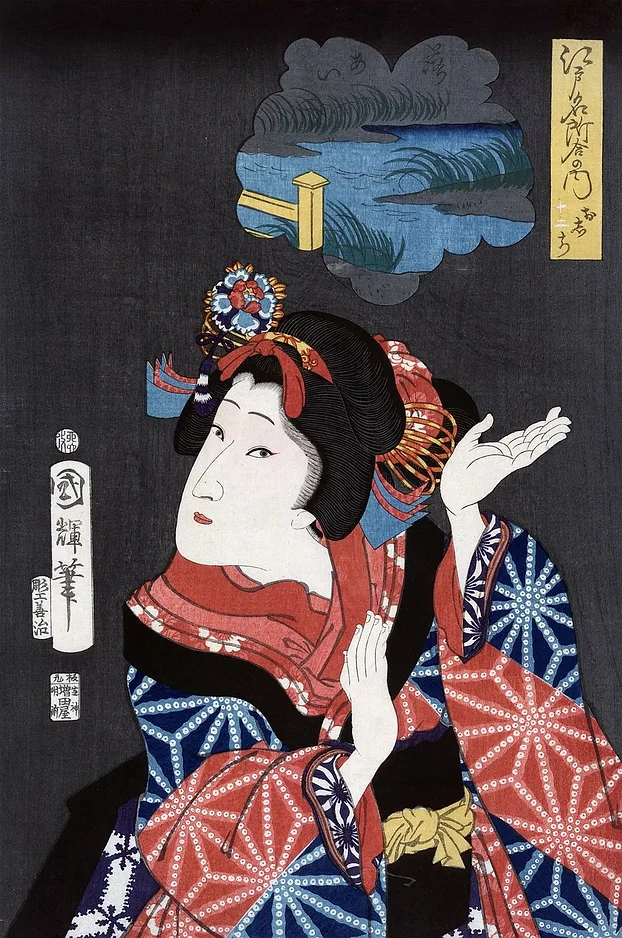
“Wagara“ 和柄 literally means Japanese patterns, where the kanji 和 (wa) stands for “Japanese” and 柄 (gara) for “pattern.” It indicates ancient designs, each with a specific meaning, originally created for decorating traditional garments. The majority come from the Heian period (8th century). They are largely inspired by nature and were crafted using techniques from painting and Chinese calligraphy.
There are around ten ancient geometric designs representing waves, circles, triangles, tortoise shells, and lozenges… With time, they grew in number, shapes, and combinations, creating a seemingly infinite possibility of decorative options. First, seasonal flowers and animals populated kimono, pottery, and other objects, and still today, designers create contemporary variations.
In the traditional fashion industry, wagara was used only for kimono, but as younger generations shifted to westernized clothes the tradition risked to fade away.
However, thanks to a collective effort and interest, these beautiful designs were brought back into fashion, and nowadays, traditional Japanese patterns are widely used in homewares and accessories.
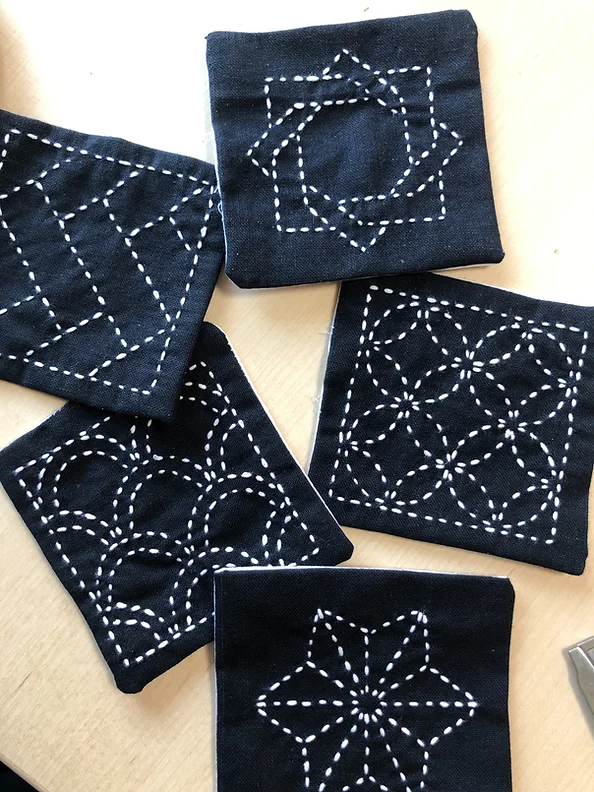
Japanese patterns list (updating)
The following is the list of explanations I have published. I will update this list every time I post new related content.
(last update November 19, 2024)

